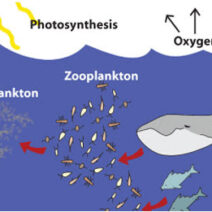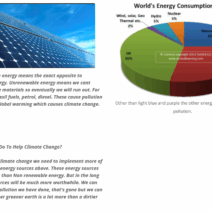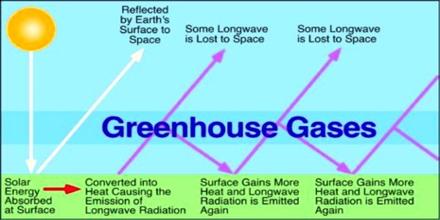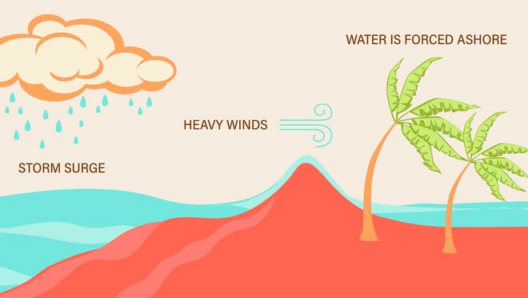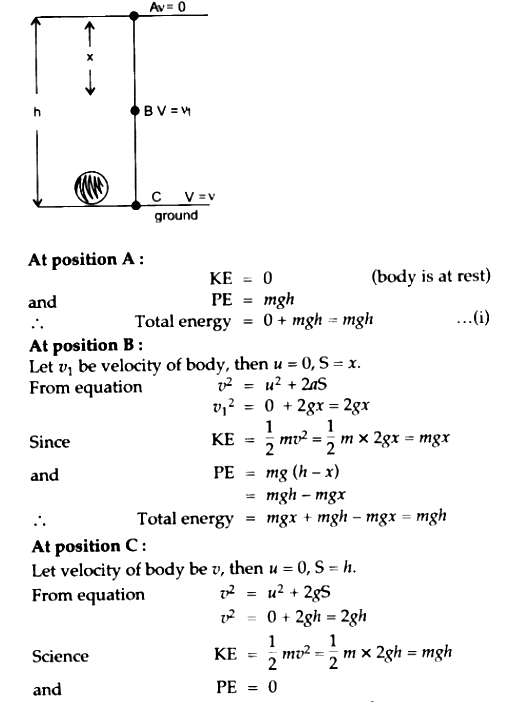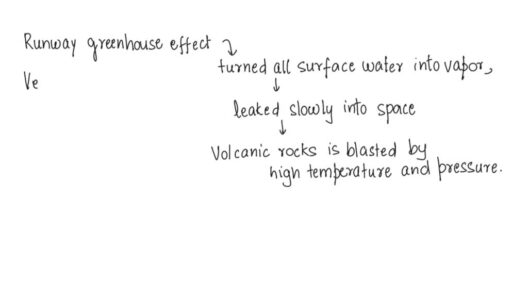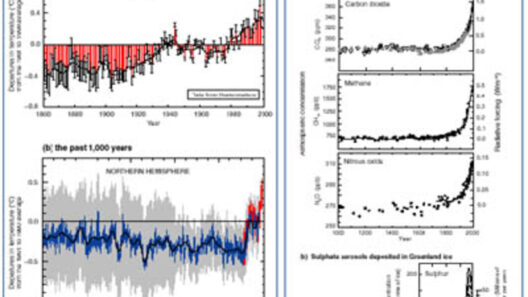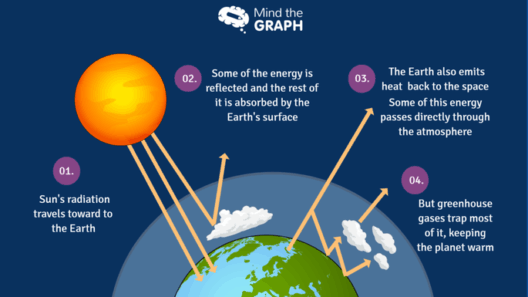The greenhouse effect is a natural phenomenon that warms the Earth’s surface. It occurs when the sun’s energy reaches the Earth’s atmosphere—some of this energy is reflected back to space and the rest is absorbed and re-radiated by greenhouse gases. These gases keep the Earth warm enough to support life, but an increase in their concentration due to human activities has raised concerns about climate change. In understanding the greenhouse effect, it is crucial to identify the gases that play a predominant role in this process.
One of the most significant contributors to the greenhouse effect is carbon dioxide (CO₂). However, it is essential to explore the variety of other gases that also contribute to this environmental challenge.
The Most Prevalent Greenhouse Gas: Carbon Dioxide
Carbon dioxide is the primary greenhouse gas responsible for trapping heat in the atmosphere. Comprising approximately three-quarters of all greenhouse gas emissions produced by human activities, CO₂ plays a pivotal role in climate change. Its sources are numerous, ranging from the combustion of fossil fuels for electricity, heat, and transportation, to deforestation and industrial processes. The concentration of carbon dioxide has dramatically increased since the Industrial Revolution, highlighting the urgent need for emissions reduction strategies.
The natural carbon cycle, which involves the exchange of carbon among the atmosphere, land, water, and living organisms, is crucial in moderating CO₂ levels. However, human-induced activities significantly disrupt this cycle; deforestation diminishes the number of trees that can absorb CO₂, while burning fossil fuels releases carbon that has been stored underground for millions of years. This excessive CO₂ accumulation leads not only to a rise in global temperatures but also to ocean acidification, adversely affecting marine ecosystems.
Beyond Carbon Dioxide: The Role of Methane
Methane (CH₄) is another crucial greenhouse gas with a potency that surpasses that of carbon dioxide. Although it is present in much smaller concentrations—about 1.8 ppm compared to CO₂’s approximately 412 ppm—methane is over 25 times more effective at trapping heat over a 100-year period. The primary sources of methane emissions include agricultural practices, landfills, and natural gas extraction and transportation.
A significant contributor to methane emissions is livestock farming. Ruminant animals, such as cows and sheep, produce methane during digestion through a process called enteric fermentation. With an increasing global demand for meat, methane emissions from this sector are projected to rise. Additionally, wetlands and rice paddies are other natural sources that release substantial amounts of methane into the atmosphere.
The Challenge of Nitrous Oxide
Nitrous oxide (N₂O) is another potent greenhouse gas, with a warming potential approximately 298 times that of CO₂ over a century. This gas is primarily released through agricultural activities, particularly the use of synthetic fertilizers, fossil fuel combustion, and certain industrial processes. The rise in nitrous oxide levels poses a significant challenge, as it also contributes to ozone layer depletion and smog formation, exacerbating air pollution challenges.
Understanding the sources and impacts of nitrous oxide emissions is essential for developing mitigation strategies. The agricultural sector can implement more precise fertilizer application techniques and adopt practices such as crop rotation and cover cropping to reduce nitrous oxide emissions. Promoting sustainable land management practices can help ameliorate this issue significantly.
Fluorinated Gases: The Lesser-Known Contenders
Fluorinated gases are a group of synthetic greenhouse gases that are particularly concerning due to their high global warming potentials and long atmospheric lifetimes. These gases include hydrofluorocarbons (HFCs), perfluorocarbons (PFCs), and sulfur hexafluoride (SF₆). While they are found in considerably lower concentrations than CO₂, they can be thousands of times more potent in their heat-trapping abilities.
The primary applications of fluorinated gases range from refrigeration and air conditioning to industrial processes and electrical insulation. Their use has been subject to international agreements, such as the Montreal Protocol, which aims to phase out substances that deplete the ozone layer. The challenge lies in finding more environmentally friendly alternatives while managing the phased reduction of these potent greenhouse gases.
Implications of Rising Greenhouse Gas Concentrations
The ramifications of increased greenhouse gas concentrations are profound and multifaceted. Rising global temperatures contribute to extreme weather events such as hurricanes, droughts, and heatwaves, posing significant risks to human lives, agriculture, and biodiversity. Additionally, climate change exacerbates inequality, as vulnerable populations, particularly in developing regions, often bear the brunt of these environmental changes despite contributing comparatively less to the problem.
Mitigation and Adaptation Strategies
To address these challenges, comprehensive strategies aimed at reducing greenhouse gas emissions must be prioritized. This includes transitioning from fossil fuels to renewable energy sources such as solar and wind power, enhancing energy efficiency across industries, and making sustainable transportation choices. Furthermore, reforestation and improved land-use practices can provide essential carbon sinks, thus helping to sequester atmospheric CO₂.
Public awareness and policy advocacy play a crucial role in combating climate change. Individuals can contribute to emission reduction efforts by adopting sustainable lifestyles, supporting local food systems, and engaging in political discourse. Collective action is necessary to enforce policies that target greenhouse gas reduction and ensure a sustainable future for all.
Conclusion
Understanding the gases primarily responsible for the greenhouse effect is essential in addressing the climate crisis. From carbon dioxide to methane, nitrous oxide, and fluorinated gases, each contributor plays a unique role in this complex system. By implementing comprehensive strategies and fostering public engagement, it is possible to mitigate the effects of these greenhouse gases and work toward a sustainable future for generations to come.
